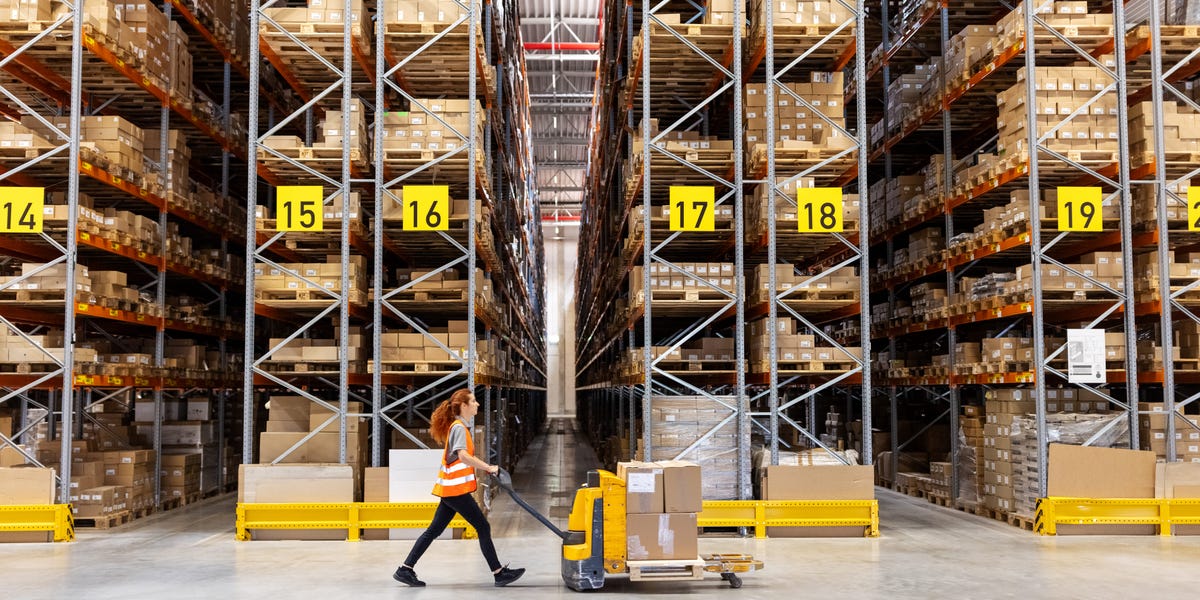Trade War Tremors: How Amazon's Ecosystem Survives the Tariff Storm

In the turbulent landscape of international trade, Amazon's vast ecosystem is experiencing unprecedented disruption as President Trump's aggressive tariff policies send shockwaves through global supply chains. Employees, suppliers, and sellers are now navigating a complex maze of economic uncertainty, where traditional forecasting models have become virtually obsolete.
The ripple effects of these trade tensions are profound. Amazon's intricate network of global suppliers finds themselves scrambling to recalculate costs, adjust pricing strategies, and mitigate potential financial losses. Small and medium-sized sellers on the platform are particularly vulnerable, facing sudden and unpredictable shifts in import expenses that can dramatically erode their profit margins.
Inside Amazon's operations, strategic planning teams are working overtime to develop adaptive strategies. They're conducting rapid scenario analyses, exploring alternative sourcing options, and attempting to insulate the company from the most severe economic impacts of the ongoing trade conflicts.
The tariff chaos extends beyond mere numbers—it represents a fundamental challenge to the predictability that has long been a cornerstone of international commerce. Businesses that once relied on stable, long-term supply chain arrangements are now forced to become increasingly agile and resilient.
As the trade war continues to evolve, Amazon and its extensive network of partners must remain nimble, innovative, and prepared to pivot at a moment's notice. The stakes are high, and the ability to navigate this complex economic terrain will separate the survivors from those who cannot adapt.
